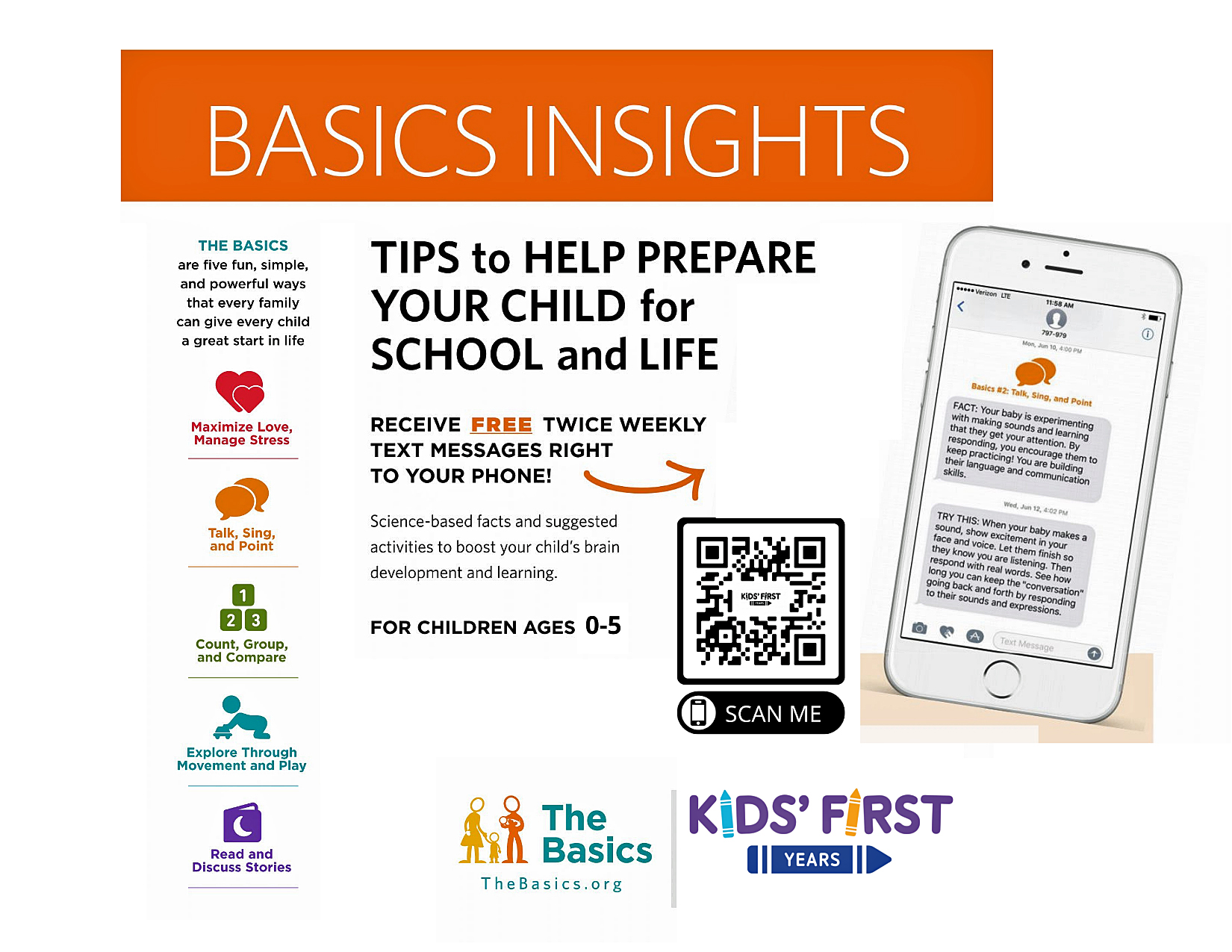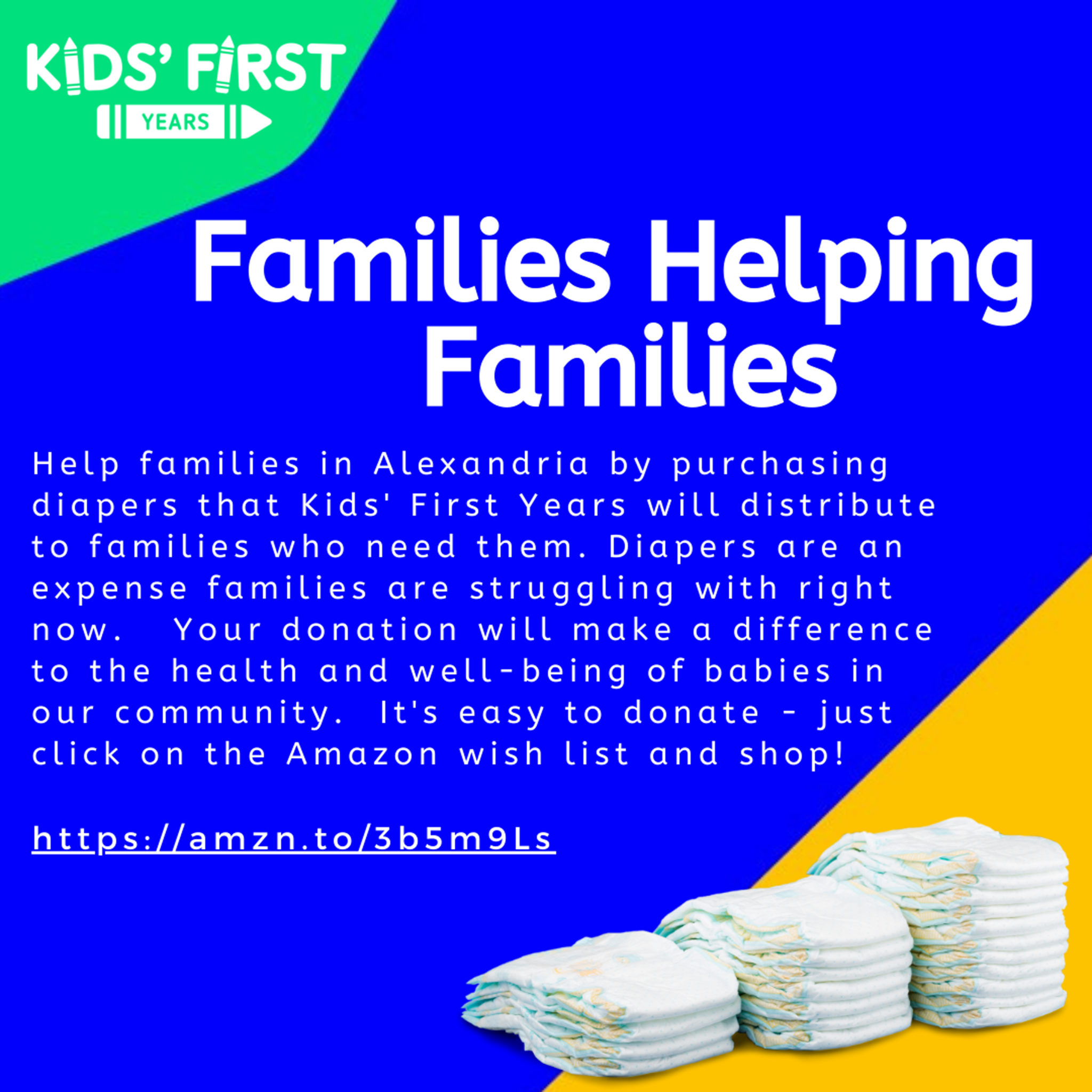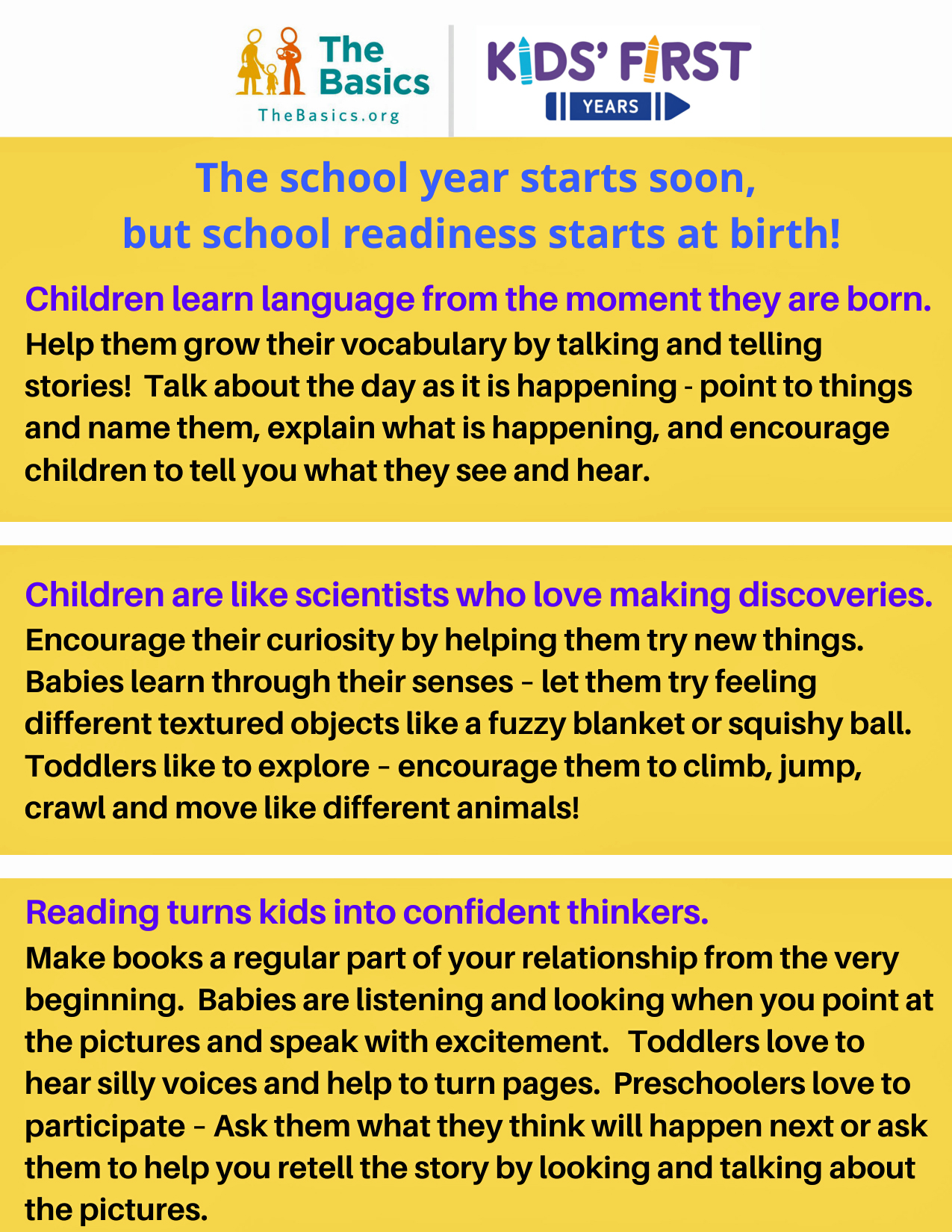The ABCs of Back to School

From Kids’ First Years
Alexandria, VA – Many families in Alexandria are busy preparing their young children to enter kindergarten or to start preschool after the summer break. But there is much more to being ready for school than walking into the classroom wearing new shoes or toting a new backpack.
Kids’ First Years, a partnership of people and organizations working together to support opportunities and learning experiences for young children, asked Heidi Haggerty, principal of the Early Childhood Center, a Pre-K school that is part of Alexandria City Public Schools (ACPS), to share some school-prep tips to help kids put their best foot forward. Her suggestions include:
- More play time, less screen time – Children need to be able to sustain their attention span in a room without screens, so have them play outside with other kids and toys instead of sitting in front of a screen.
- Set a consistent routine – At least two weeks before school starts, get kids back in the routine of going to bed and waking up on a school schedule. This helps them make a smoother transition when the daily school schedule is underway.
- Foster independence – Have your child practice simple tasks such as opening food containers and milk cartons or putting a straw into a juice box. This builds confidence that they will bring to their learning.
- Keep clothing easy to manage – Overalls might look cute, but the straps, clasps, and buttons can be challenging for little fingers to manipulate. Pants with elastic waists are perfect—no snaps or belts required. Many preschoolers and kindergartners are not experts at tying laces yet. Shoes with Velcro closures mean your child will not need help from the teacher.
- Plan for the separation – Some children might have a hard time parting from a parent on the first day of school, and many parents also struggle with separation anxiety. The key is to hand them off quickly and to prepare them in advance for what will happen on the big day: “We’ll go to school. We’ll see your teacher, and then I’ll leave. You’ll have a great time learning new things, and I’ll see you when school is over.”

“We recommend that families not plan any major transitions for the first month of school,” added Haggerty. “Starting kindergarten is a big shift for young children and it really tires them out, more than you might realize.” She also advises parents to take advantage of any activities that schools offer to help with the transition, noting that ACPS will host a half-day orientation for incoming students on August 19 called “Step Up to Kindergarten.”
“Social, emotional, and independence skills are the most important skills teachers want students to have when starting kindergarten, and Heidi offers lots of excellent tips,” said Michelle Smith Howard, executive director of Kids’ First Years. “We encourage parents to support teachers by providing consistency and communication between home and school. When families, schools, and communities join forces, we can ensure that all young children will have the strong start to the school year they deserve.”
To connect with Kids’ First Years or its partners, visit kidsfirstyears.org.

Suggested Books to Prepare for Kindergarten or Preschool
“Kindergarten, Here I Come!” by D.J. Steinberg
“Benny the Brave in The First Day Jitters” by Julie Anne Penn
“The Night Before Kindergarten” by Natasha Wing
“On the First Day of Kindergarten” by Tish Rabe

Kindergarten-Prep Activities from The Basics
- Toddlers and preschoolers can learn the art of taking turns, an important skill for kindergarten. There are lots of ways to practice taking turns. While using toy blocks to build something, take turns adding the blocks. Take turns putting pieces into a simple puzzle. When dancing to music, say: “You do your funny dance first. Okay, now it’s my turn.”
- When doing errands, look for ways to involve your child in something new. For example, give your son a few dollars to hand to the cashier. Or let your daughter pick a coupon and help you find the item.
- When you read aloud to your child, count groups of things and point to the things being counted: “I see one, two, three tigers, and one, two, three, four elephants. Are there more tigers or elephants?”

ICYMI: Read to Kids and You’ll Raise a Book Lover



